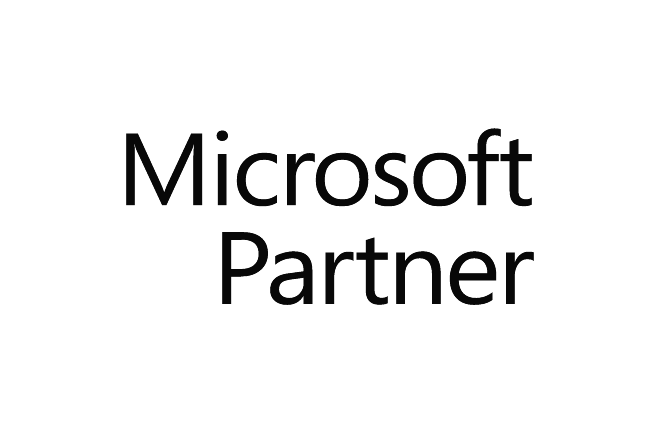You are here
Unicode Captions in Dynamics NAV 2015 (and 2013 R2)
I don't know how I managed to miss this with all the "What's New in NAV 2015" and "What's New in NAV 2013" workshops I was preparing over the last few years, but I did.
Recently, a colleague pointed me to this MSDN article on NAV: "How to: Add Translated Strings for Conflicting Text Encoding Formats". Once I have read midway into the artice, I realised - this feature is so much more than what the title says! What it really should say, is -
Unicode Captions in Dynamics NAV
Take a look at the article MSDN, which has got all the details needed. What it does not emphasize enough, I think, is that after you implement this NAV translation approach, you get:
- Trully multi-language - Unicode - captions, displayable correctly regardless of the locale setting on your machine running NAV
- As an added bonus, separation of NAV business logic and yet another presentation layer - language
Here's a summary of what you need to do to implement this.
Steps to implement
- Export a translation file for the object(s) that you want translated or, rather, unicode caption enabled!
We are assuming that you know how to export and import translation files in Dynamis NAV. - Proceed to translate the file with whatever tools you have.
- Save the file using Unicode UTF-8 encoding:

The screenshot is from Notepad++, but you can use Windows Notepad aswell. -
Locate your NAV service tier folder, and create a subfolder named "Translations" there, i.e.:
"C:\Program Files\Microsoft Dynamics NAV\80\Service\Translations"
- Put your NAV translation file(s) in there.
- Restart the NAV Service.
- Start the NAV client - it should be picking up the captions
Notes:
- Captions defined within the objects take priority over the captions in the Translation folder. Therefore, if you create a translation file for some language, you must remove that language from the objects.
- This should work on NAV 2015 and on the previous version - NAV 2013 R2, although I haven't personally tested it on the latter.
I was playing around with this feature and decided to abuse it a little bit, by placing 4 different languages into the same (ENU) language layer. You know, just to prove a point that you can do it now. Here are the results - English, Swedish, Russian and Japanese captions displayed on the same page, side by side:
Some Final Thoughts
I am not sure why Microsoft is not advocating this as a major feature - maybe it has something to do with a vague reference to the possible performance issues (mentioned at the end of the MSDN article) Maybe the implementation of this feature behind the scenes is not solid enough. In any case, we are going to use this in a huge upgrade project we are currently implementing. If we run into any issues, I will update this article.
Theme by Danetsoft and Danang Probo Sayekti inspired by Maksimer








Add new comment